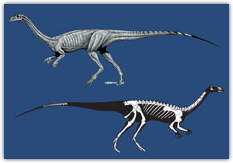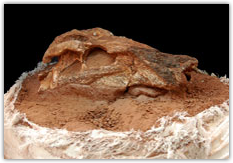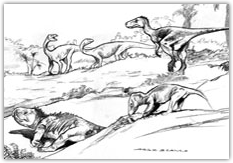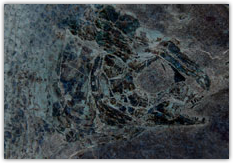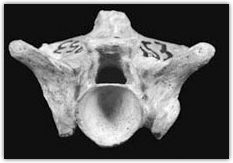-

Ischigualasto Formation
Late Triassic
La Rioja, Argentina -

Tunduru beds
Late Triassic
Ruvuma, Tanzania -

La Quinta Formation
Early Jurassic
La Grita, Venezuela -

Utiariti Formation
Late Cretaceous
Tangará da Serra, Mato Grosso -

Solimões Formation
Late Miocene
Purus River, Acre -

Adamantina Formation
Late Cretaceous
Gurinhatã, Minas Gerais -

Rio do Rasto Formation
Late Permian
Cadeado Hills, Paraná -

Pastos Bons Formation
Late Jurassic
Pastos Bons, Maranhão -

Botucatu Formation
Late Jurassic
Araraquara, São Paulo -

Santa Maria Formation
Middle Triassic
Chiniquá, Rio Grande do Sul
